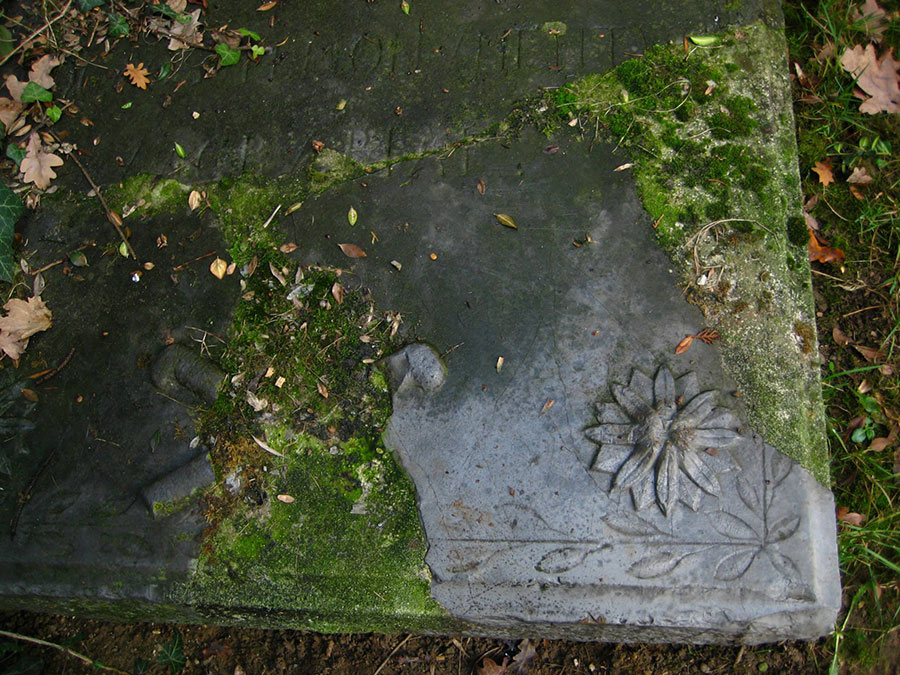Abandoned St George's Cemetery: The Forgotten Souls of Zagreb
I guess the next logical question that you would ask me if we were talking face to face is why. St George's Street, also commonly known as 'Jurjevska', is much more than pretty facades and avenues with colorful treetops. Behind those magnificent houses and breathtaking nature lies something much creepier and mystical, some would even say cursed. Indeed, St George's forgotten cemetery is everything but nice or pleasant.
Nobody knows where they might end up
The history of this cemetery is as interesting as the mystery of why and how it became forgotten! So how did the cemetery become a spooky and quirky place for the lovebirds? Well, that's the point. Nobody knows! There is no significant event that would cause the abandonment of the cemetery, no written evidence, no big wars, not even pandemics, nothing. Just silence. And that's, in my humble opinion, the creepiest thing about this place which is home to thousands of corpses. One day, the city management decided to build a new cemetery and they called it Mirogoj. They exhumed the bones of the famous and important people who found their resting place at the end of the St George's Street, like famous author Stanko Vraz, and Ljudevit Gaj who is still considered the father of the standard Croatian language. Their remains now lie in Mirogoj cemetery, one of the most beautiful architectural places that I've ever set foot in but that is a theme for a whole new story.

Image credit: Iva Silla/ Like a Local in Zagreb
The history of the mystical cemetery
The cemetery has a long history. It was first mentioned in 1377 when it was referred to as 'The cemetery for the poor' or 'The Chestnut Cemetery', which was a more polite version of the name. In medieval Croatia, human remains were buried near churches and chapels so that 'God can take care of their loved ones'. As the places near St George's old chapel were scarce, the city elders came up with the idea of the local cemetery. Hence, The Chestnut cemetery.
So, the remains of the free citizens with a shortage of money were systematically placed on St George's Street. It became so popular (if it is an appropriate word for a cemetery) in 1729 when the city management decided to take even bigger part of the street and repurposed it for the cemetery. It even got a much more luxurious chapel, which removed 'the poor people cemetery' stigma.
A hundred years later, in 1825, 'Jurjevsko' cemetery got yet another expansion into the eastern and northern side of the street. It became a city cemetery, and nobody knew it by the name 'The Chestnut cemetery'.

Image credit: Iva Silla/ Secret Zagreb Walks Facebook page
Falling into oblivion
Then suddenly, the city closed the cemetery and Mirogoj cemetery tacitly took over the title of Zagrebians' final resting place. Finally, in 1876 the cemetery on St George's Street was closed. Every gravestone and the belonging remains were displaced and nobody even remembered to go and light a candle in the memory of the souls that remained in the cemetery just a walk away from the city center.
Almost 140 years passed and the cemetery still lies at the foothill of Medvednica mountain. Everyone who could celebrate the lives of the ones buried there is also lying somewhere under the ground, but a rare candlelight can still be found silently lighting the way into nothingness. As the houses around the cemetery were slowly becoming vacant, creepy legends around this mystical place began to spread rapidly amongst the living.
Among all the creepy legends spreading around this dreadful but an exciting place, there is one that particularly interests me, or to be more precise, horrifies me. Since the cemetery wasn't big enough for all the lost souls, people would bury their deceased ones all around it. So, on your way to the cemetery, you can easily spot a plaque describing how a four-year-old boy died and was buried close to the house. That boy, assuming the legends were true, is a vampire that never lets the lost forgotten souls of the cemetery to rest in peace and will wander forever amongst endless fields of buried bodies. They who claim to have seen him say that he suffered such a horrible death so he can never rest in peace, and if so, neither shall anyone else at the cemetery.
Video credit: Secret Zagreb Walks
This, of course, is not the only myth accompanied by the moss-covered gravestones. There were murmurs about 'The Lady In White' roaming around the forgotten villas and towers in this elite part of the city, not letting the living to forget the ones at the end of St George's Street.
So, if you feel brave enough, get your camera and a flashlight and head up to St George's Street. If you are not so keen on going on your own, you can join Zagreb Ghost Tour which will unravel the mysteries of the underworld and show you the other side of our capital, the one not everyone is so happy to speak about.
Header image credit: Iva Silla/Like a Local in Zagreb
Author: Lana Suša
